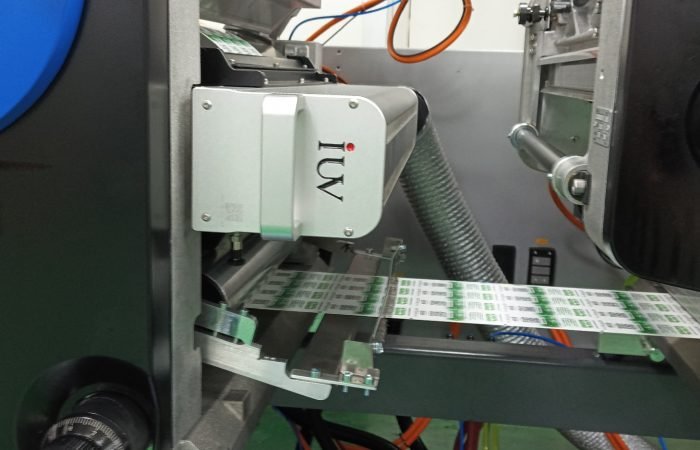If you’re in the label printing game, you’ve probably heard the buzz about LED UV curing. But what makes it a game-changer for narrow web presses? Let’s break it down—no jargon, no fluff—just actionable insights for printers, engineers, and decision-makers.
Why LED UV Curing? Spoiler: It’s Not Just About Speed
Narrow web label presses thrive on precision. Whether you’re running flexo, offset, or hybrid setups, curing is the make-or-break step. Traditional mercury lamps work, but they’re like gas-guzzling cars in an electric era. LED UV curing slashes energy use by up to 70%, runs cooler, and eliminates ozone emissions. For labels demanding sharp detail (think: cosmetic sleeves or pharma packaging), LED UV ensures ink stays put without substrate warping.
Pro Tip: LED systems hit full intensity instantly. No warm-up. No cooldown. Just hit “print” and go.
Flexo vs. Offset: Where LED UV Shines
Let’s get technical—but keep it simple.
- Flexographic Printing
- The Challenge: Solvent-based inks can bleed on porous materials (e.g., kraft paper).
- The Fix: LED UV inks cure on demand, locking pigments into place. Bonus: No VOC headaches.
- Ideal For: Pressure-sensitive labels, shrink sleeves.
- Offset Printing
- The Challenge: Heat from conventional curing can distort thin films or metallized substrates.
- The Fix: LED’s cold cure preserves material integrity. Perfect for PET or BOPP labels.
Real-World Win: A craft brewery switched to LED UV for their limited-edition labels. Result? Zero smudging on textured paper, 40% faster job turnover.
The Science Bit (Without the Boring Lecture)
LED UV curing uses specific wavelengths (365-405 nm) to trigger photoinitiators in inks/coatings. Unlike mercury lamps, which blast a broad spectrum, LEDs target only what’s needed. Less energy waste, fewer heat-related issues.
Key Terms Made Simple:
- Photoinitiators: Chemicals that “activate” when hit by UV light, hardening the ink.
- Peak Irradiance: How intensely the light hits the substrate. Higher isn’t always better—match it to your ink’s requirements.
5 Questions Printers Forget to Ask (But Should)
- “Will my existing inks work?”
Maybe. Hybrid inks exist, but dedicated LED UV formulations deliver sharper results. Test before full adoption. - “What’s the ROI timeline?”
Typical payback: 12-18 months via energy savings, reduced downtime, and lower HVAC costs (no heat to counteract). - “Can it handle white ink?”
Yes, but white pigments reflect UV light. Solution: Higher irradiance or dual-cure systems. - “Is maintenance a nightmare?”
LED arrays last 20,000 hours. Swap modules in minutes—no toxic mercury disposal. - “What about hybrid setups?”
Pair LED UV with water-based inks for eco-friendly labels. Works like a charm on paper stocks.
Case Study: LED UV in Action
Client: A mid-sized label converter struggling with wine bottle labels.
Problem: Heat-sensitive synthetic substrates warped under traditional curing.
Solution: Installed an LED UV module on their narrow web press.
Outcome:
- 30% reduction in waste (no more curled edges).
- Expanded client base to include luxury brands needing metallic finishes.
Future-Proofing Your Press
The label industry’s shifting toward shorter runs and customization. LED UV’s flexibility lets you pivot fast:
- Swap inks on the fly without reconfiguring curing settings.
- Print on heat-sensitive materials (hello, biodegradable films).
- Meet sustainability mandates without sacrificing quality.
Bottom Line: LED UV isn’t just a tech upgrade—it’s a market differentiator.
Need More Juice?
- For Engineers: Dive into spectral output charts. Match LED wavelengths to your ink supplier’s specs.
- For Managers: Calculate your energy savings [here] (hypothetical link).
- For Press Operators: Train your team on irradiance adjustments—overcuring kills efficiency.
LED UV curing isn’t the future. It’s the now. Time to flip the switch. 🔌












